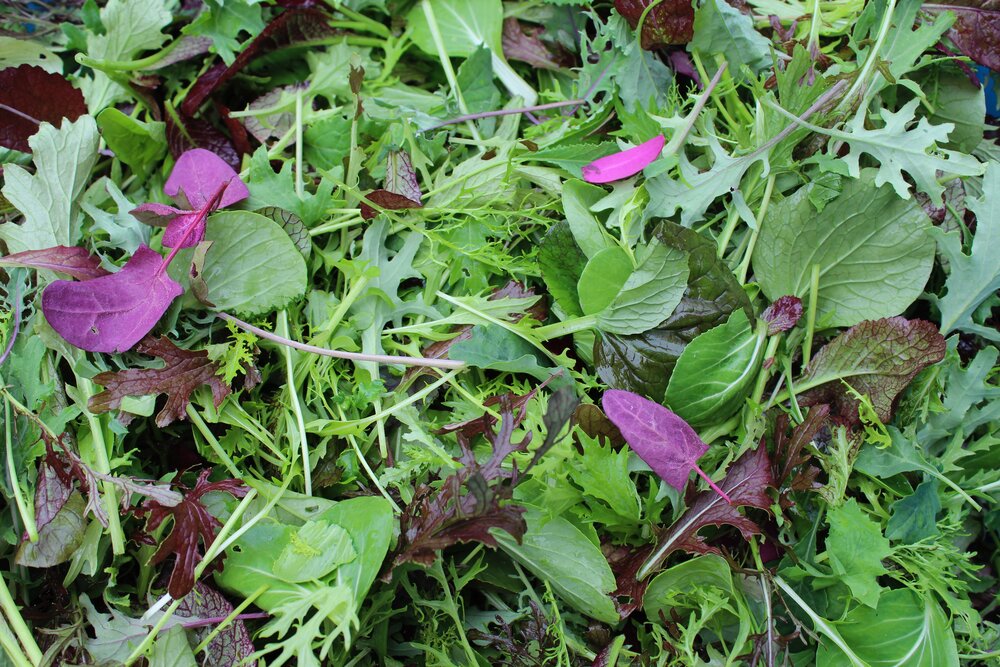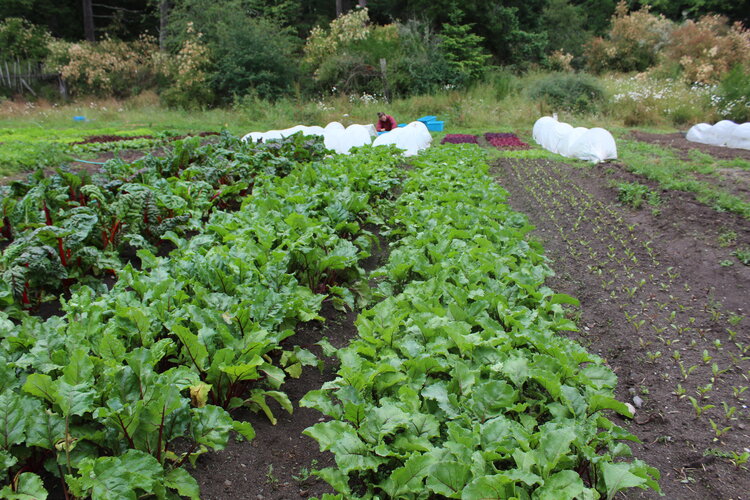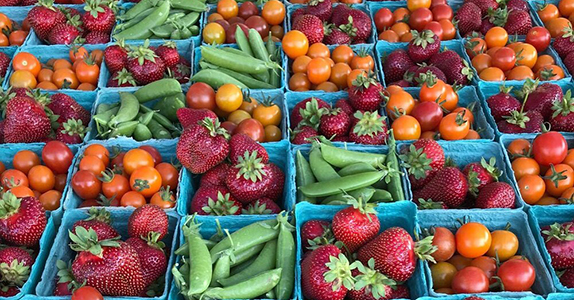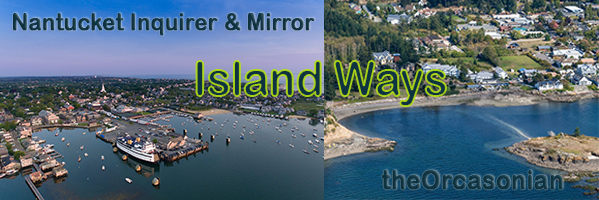||| FROM EMILY BENNETT for ORCAS ISLAND FOOD BANK |||
Quite often when you hear the phrase “local produce” you don’t realize that it means produce grown within 40 miles of your location. At the Orcas Island Food Bank, “local food purchasing” means fruits, vegetables, eggs, and meat products that come direct to our customers from our island farms or other nearby farms. In June 2022 the USDA stated, “Having the right infrastructure in the right places to gather, move and hold food where and when it is needed is key to the resiliency of our food system.”
With the approach of spring, the Food Bank is switching from importing fresh foods from off-island suppliers back to our local farms. Here are a few reminders of what the Food Bank accomplished during the bustling 2023 farm season.

At West Beach Farm (WBF), they begin preparations in March — amending beds, seeding in pots, and direct seeding into beds. We asked Hailey Averna, owner and operator of WBF, about the impact of Food Bank purchases. She replied, “Our farm business is impacted greatly by the purchases from the Food Bank. We can plan out larger orders and rely on their flexibility when we end up with too much of a crop. They can usually purchase our excess, which is vital!”
The Food Bank provides the same flexibility and cushion to Orcas Island’s small livestock farms that produce fresh eggs and pantry meat. According to Mandy Troxel at Lum Farm, “One of the things we are most proud of is the amount of food we supply to the Orcas Island Food Bank. Executive Director Amanda Sparks and the Food Bank crew do a remarkable job of finding funding that focuses on local farms. In 2023, we delivered over 1,000 pounds of meat and nearly 100 dozen eggs to the Food Bank. This was made possible by grant-funded Food Bank purchases, individual donors, and our farm egg subscribers.”
In 2023 the Orcas Island Food Bank purchased 6623 lbs. of food from Orcas Island farms. These items went to 2,288 individuals in over 1,200 households. The farmers and the Food Bank have reduced transportation costs and the use of plastic packing materials, resulting in a lower environmental footprint.
Each winter the farms and the food bank meet and do pre-crop planning to estimate needs and potential yields. This collaboration nourishes the economy of our island as well as nourishing its residents. A November 2021 economic-impact study by the Center for Economic and Business Research at Western Washington University found that on average $1,000 of added food production in San Juan County generates $1,428 of economic activity.
Sparks notes that in 2023, with support from targeted grant funding, the Food Bank spent $53,980 on local and regional agriculture, generating approximately $77,803 in the local and regional economy. In SJC alone the Food Bank invested $36,883 of that total. Sparks adds that buying locally lowered our carbon footprint, made higher-nutrient whole foods accessible, and helped maintain farmland and green and open spaces in our community.

Aurora, one of the Food Bank’s AmeriCorps team members, has heard many customers express gratitude for the local farm produce. One participant in the Food Bank’s Bag Delivery Program (delivery service for people who are unable to pick up their own groceries) told her,“Thank you so much for sending me such wonderful organic food! I’m going to have to try making a stir fry with this kohlrabi.” Aurora receives many requests for local produce. She is often asked if the produce is from a local farm and if so, from which one.
Not everyone in the Food Bank’s locally produced food chain is a full-time farmer. Many Orcas gardeners with small plots also donate surplus vegetables and fruits, which the Food Bank and its customers greatly appreciate. And, of course, many community donors help make it possible for the Food Bank to financially support local farmers.
No matter what role you play in the virtuous cycle we’ve described, the advent of spring and the planting season is a good time of year to pause and consider what kind of food system we want to invest in and be a part of. Is it sustainable, supportive, and collaborative? Is it economically and environmentally sound? The Orcas Island Food Bank answers “Yes” to all these questions.
**If you are reading theOrcasonian for free, thank your fellow islanders. If you would like to support theOrcasonian CLICK HERE to set your modestly-priced, voluntary subscription. Otherwise, no worries; we’re happy to share with you.**








